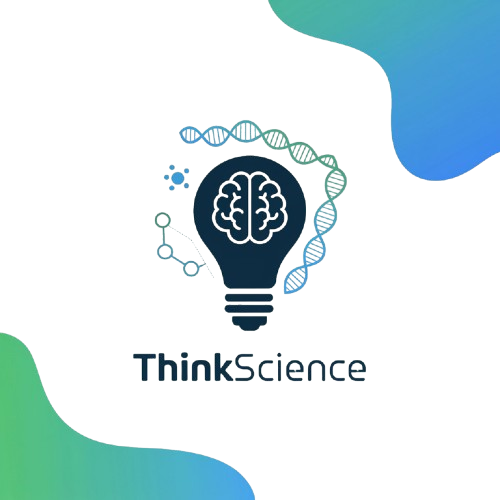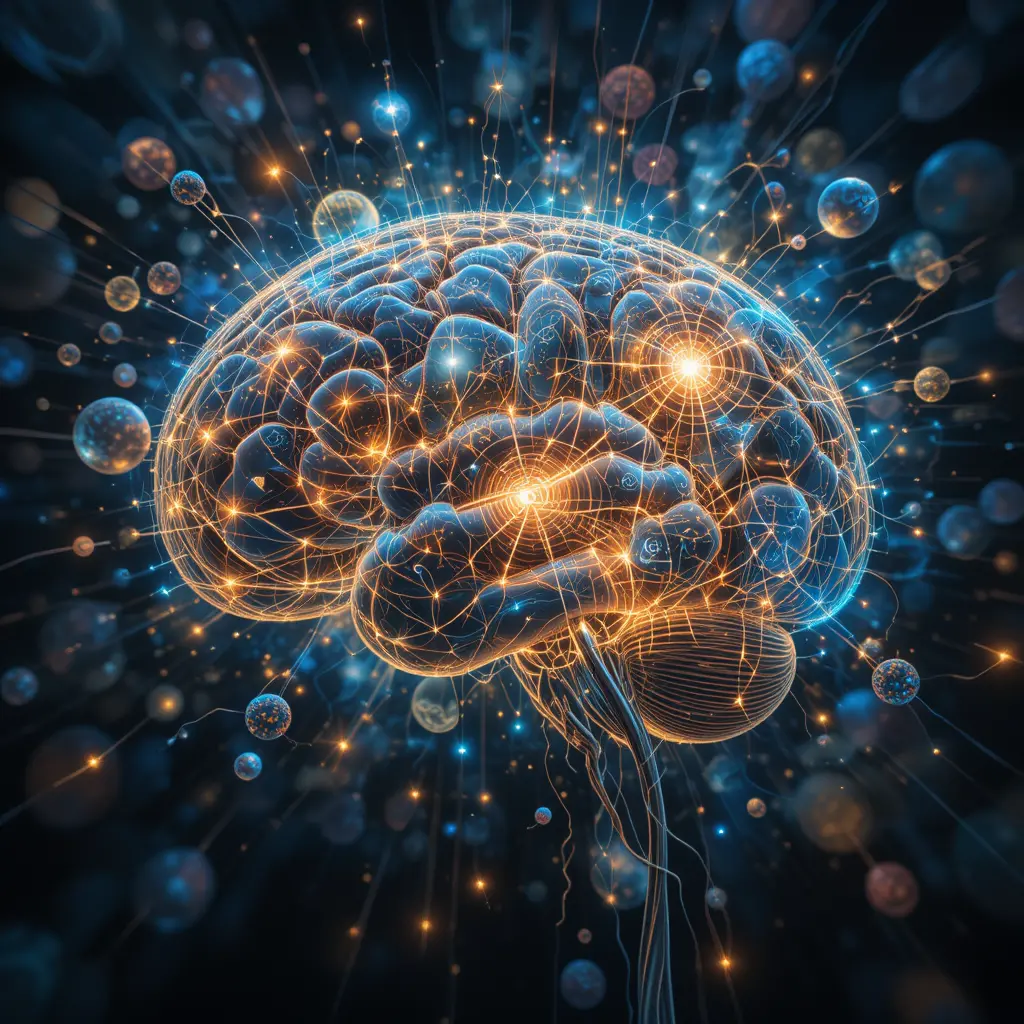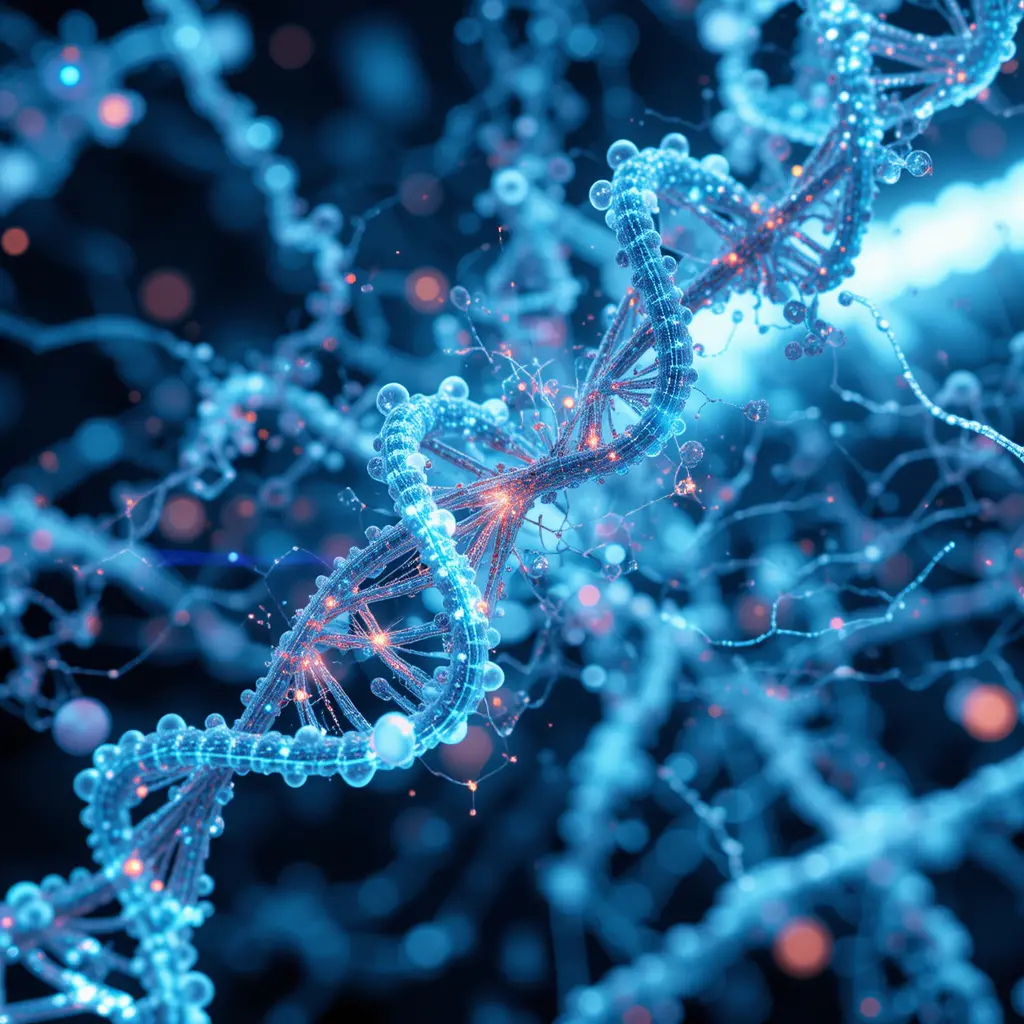The human brain is a fascinating organ, holding the key to our memories and experiences. How does it store and recall countless moments with such precision? This article explores the intricate processes behind memory formation and retrieval. By understanding these mechanisms, we can gain insights into improving memory and cognitive function. Join us as we delve into the mysteries of the mind and discover how to unlock the secrets of memory today.
Understanding Memory: The Basics
Memory is a fascinating aspect of the human brain. It allows us to store and retrieve information, shaping our identities and experiences. Understanding memory involves exploring how the brain encodes, stores, and recalls information. As a neuroscientist, I find it intriguing how memory can be both reliable and elusive, much like trying to catch a butterfly with your hands.
The Human Brain: Decoding the Mystery of Memory
The human brain is a complex organ, and memory is one of its most intriguing functions. Memory can be compared to a library, where each book represents a piece of information. When you need to remember something, it’s like finding the right book on the shelf. However, sometimes the book is misplaced, and you struggle to find it. This is how memory can feel at times.
There are different types of memory, such as short-term and long-term memory. Short-term memory is like a notepad where you jot down quick notes. It’s temporary and can hold information for a brief period. Long-term memory, on the other hand, is more like a filing cabinet, storing information for extended periods. It’s fascinating how the brain decides which memories to keep and which to discard.
In my experience, memory can be influenced by emotions. For instance, a strong emotional event, like a wedding or a significant achievement, often becomes a vivid memory. This is because emotions can enhance the encoding process, making the memory more robust. It’s like adding a bookmark to a page, ensuring you can easily find it later.
Understanding memory is crucial for improving our cognitive abilities. By learning how memory works, we can develop strategies to enhance it. For example, using mnemonic devices or practicing retrieval can strengthen memory. It’s like exercising a muscle; the more you use it, the stronger it becomes.
In conclusion, the human brain’s ability to decode the mystery of memory is a remarkable process. By exploring how memory functions, we can better appreciate the complexities of our minds and improve our ability to remember. As we continue to study the brain, we unlock new insights into the fascinating world of memory.
How Memories are Formed and Stored
The human brain is a fascinating organ, constantly working to form and store memories. It’s like a library, where each book represents a memory, carefully cataloged and stored for future reference. But how does this process actually work? Let’s dive into the intricate world of memory formation and storage.
The Journey of Memory Formation
When we experience something new, our brain begins the process of encoding. This is akin to writing a new book for our mental library. Sensory information, such as sights, sounds, and smells, is transformed into a neural code. This code is then processed by the hippocampus, a critical region for memory formation. I often think of the hippocampus as the brain’s librarian, organizing and categorizing new information.
Once encoded, memories move to the storage phase. Here, the brain decides which memories are worth keeping. This decision is influenced by factors like emotional significance and repetition. For instance, I vividly remember my first day as a neuroscientist because it was both exciting and nerve-wracking. Such emotional experiences tend to be stored more robustly.
Storing Memories: A Complex Network
Memories are not stored in a single location. Instead, they are distributed across various brain regions. This is similar to how a library might have different sections for fiction, non-fiction, and reference books. The cerebral cortex plays a significant role in this distribution, ensuring that memories are accessible when needed.
Interestingly, the brain’s ability to store memories can be compared to a computer’s hard drive. However, unlike a computer, the brain is dynamic and adaptable. It can strengthen or weaken connections between neurons, a process known as synaptic plasticity. This adaptability is what allows us to learn and remember new information throughout our lives.
In my experience, understanding how memories are formed and stored is crucial for unraveling the mystery of memory. The human brain is a remarkable organ, capable of incredible feats. By decoding the mystery of memory, we can better appreciate the complexities of our own minds.
Factors Affecting Memory Retention
Memory retention is a fascinating aspect of the human brain. It’s like a library where some books are easily accessible, while others are hidden in the back. As a neuroscientist, I often ponder how our brains decide which memories to keep and which to let fade. Understanding these factors can help us improve our memory retention.
Biological Influences
The human brain, a complex organ, plays a crucial role in memory retention. Factors such as age, genetics, and overall brain health significantly impact how well we remember things. For instance, as we age, our brain’s ability to store and retrieve information can decline. I remember my grandmother, who often forgot where she placed her glasses, yet vividly recalled stories from her youth. This illustrates how age can affect memory differently.
Environmental and Emotional Factors
Our surroundings and emotions also shape our memory retention. Stress, for example, can hinder our ability to remember. I once had a student who struggled with exams due to anxiety. By learning relaxation techniques, they improved their memory and performance. On the other hand, positive emotions can enhance memory. Think of a joyful event, like a wedding, that you can recall in detail. This is because emotions act as a glue, helping memories stick.
In my opinion, understanding these factors is key to unlocking the mystery of memory. By recognizing the role of biology and environment, we can take steps to improve our memory retention. The human brain is truly remarkable, and by decoding its mysteries, we can enhance our lives in meaningful ways.
Techniques to Improve Memory
Memory is a fascinating aspect of the human brain. It’s like a library where experiences and knowledge are stored. But, unlike a library, our memory can sometimes misplace a book or two. As a neuroscientist, I find it intriguing how certain techniques can enhance this complex process. Let’s explore some effective methods to boost memory.
Visualization and Association
One powerful technique is visualization. Imagine trying to remember a grocery list. Instead of memorizing words, picture each item vividly. See the bright red of an apple or the texture of a loaf of bread. This method taps into the brain’s natural ability to recall images more easily than text. Associating new information with something familiar also helps. For instance, linking a new acquaintance’s name with a famous person can make it stick. In my experience, these strategies can transform how we retain information.
Repetition and Practice
Repetition is another key player in memory improvement. Think of it as exercising a muscle. The more you practice, the stronger it gets. Repeating information over time, known as spaced repetition, reinforces neural connections. This technique is particularly useful for learning languages or studying for exams. I remember using flashcards during my studies, and they were a game-changer. The human brain, in its quest to decode the mystery of memory, thrives on practice and persistence.
Conclusion
As we reach the end of our exploration into “The Human Brain: Decoding the Mystery of Memory,” it’s clear that our understanding of memory is both fascinating and complex. Memory shapes our identity, influences our decisions, and connects us to the world. It’s like a vast library, where each book represents a moment in time, waiting to be revisited.
The Journey of Understanding
Throughout my career as a neuroscientist, I’ve often marveled at how the brain stores and retrieves information. It’s akin to a computer, yet infinitely more intricate. I recall a time when a patient, who had lost his memory due to an accident, slowly began to recall his past. It was as if he was piecing together a puzzle, one memory at a time. This experience reinforced my belief in the brain’s resilience and adaptability.
Memory is not just about recalling facts or events. It’s about the emotions tied to those memories. For instance, the smell of fresh cookies might transport you back to your grandmother’s kitchen. These sensory triggers highlight the brain’s ability to intertwine memory with emotion, making each recollection unique and personal.
Personal Reflections
In my opinion, understanding memory is crucial for improving mental health. By decoding how memories are formed and stored, we can better address conditions like Alzheimer’s and PTSD. The human brain, with its capacity for memory, is a testament to the wonders of evolution. It’s a reminder of our shared human experience, where each memory, whether joyful or painful, contributes to the tapestry of our lives.
As we continue to unravel the mysteries of memory, I am hopeful. The journey is ongoing, and each discovery brings us closer to understanding the full potential of the human brain. Let’s cherish our memories, for they are the threads that weave the story of our lives.






